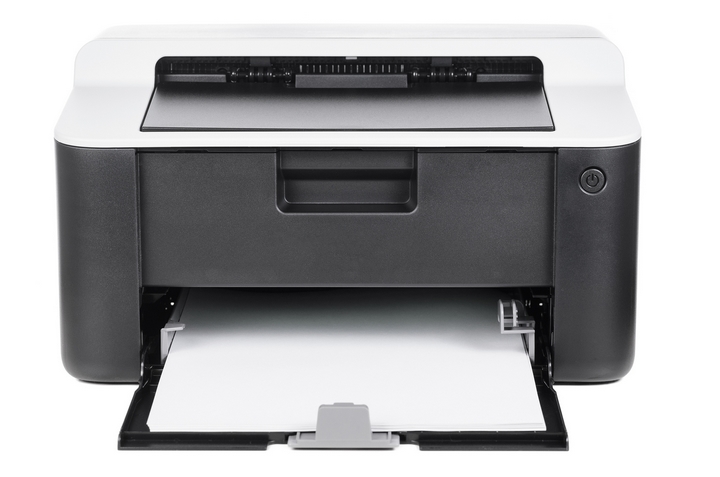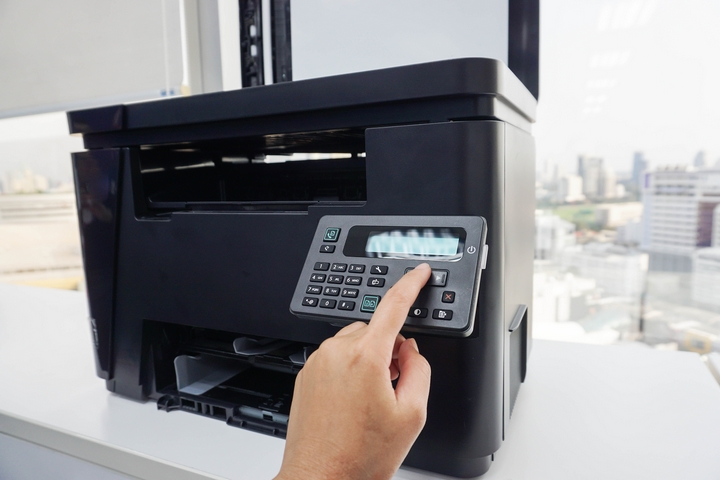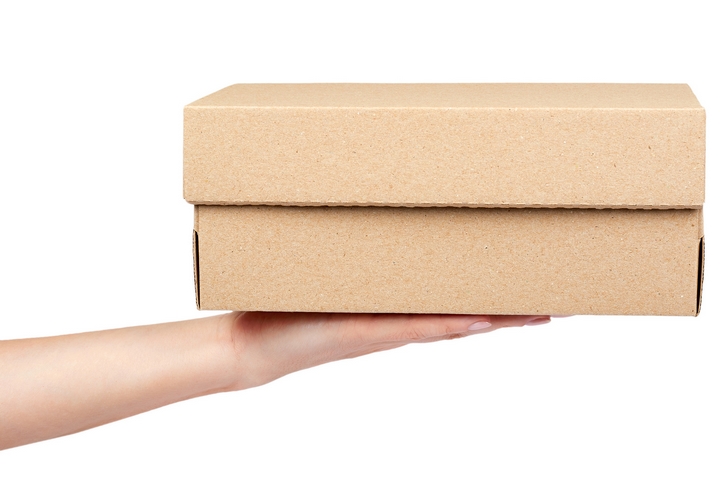A stand-out custom packaging gives your product an edge over the competition. To create one, you need to be deliberate about telling the product’s story and highlighting its overall aesthetic value. Below are some important tips to help you come up with a packaging design that will stand the test of time.
1. Decide What Type of Packaging You Want

This is an important place to start from since there are many types of packaging. Your design will be dictated by the type of packaging you choose. You may need to consider the product size, its presentation value, its cost, and functionality. You should not take either of these considerations in isolation. Cost, for example, should not be the only consideration. Just because one option is cheaper does not necessarily mean it is the right one.
2. Choose the Right Material

If you are creating packaging for shipping farm produce, B” flute, which is 1/8” thick, is appropriate. Better still, you can use C” flute, which is 11/64” thick. For gift packaging, use E” flute, which is 1/6” thick. It is a very thin board, which perfectly combines durability and presentation.
3. Standard Production Process

This process begins with artwork. A lousy start will reflect on your product. The artwork carries the product’s message. A 3D box designer will be of great use here. The templates provided enable you to do your work and make the necessary changes. Be very deliberate in how you design and where you print specific words on the box. To print your work properly, follow industry standards for typography, text and line art. Due diligence is important in ascertaining every small detail is taken care of.
You will need to use thicker or bolder fonts for your message to stand out. Keep all design elements away from the edges. This ensures they are not covered during shipping.
Printing designs should be presented in the C-cyan, M-magenta, Y-yellow, K- key (black). This is what the printing machine will use as opposed to the R-red, G-green, and B-blue that the computer uses. Save your artwork in either adobe illustrator or vector-based PDF formats to make sure the designs are as clear as possible.
4. Pre-Press Proofreading

Double and even triple check your work before presenting it for printing. Check your placement, colour settings, the order quantity and any other detail. It is also critical to check for typos to avoid embarrassment.
5. Different Methods of Printing

There are three types of printing: flexographic, lithographic, and digital. Flexographic or direct printing is suitable if your printing involves 1 to 3 simple colours and is in large quantities. Plates are made for each of the different colours and print runs, that is, one run for each colour. Lithographic printing is suitable when printing complex design artwork. Though it is the most expensive, it produces very high quality prints. Digital printing is the most common and cost-effective method. It is useful when printing small quantities since you can print on demand.
6. Finishing Your Packaging

Now that you are on the finish line, the next assignment is to prepare the boxes for delivery. If shipping is involved, you may need to ship them flat to save costs. Get some extra hands to help you assemble them once delivered.
Packaging extends your brand’s identity and reach. It enhances its aesthetic value and makes it stand out. I must emphasize the importance of quality artwork as the starting point for a quality packaging that is both durable, unique, and appealing. While some clients supply their own artwork, some may request you to generate one. For best results, always involve an expert.




